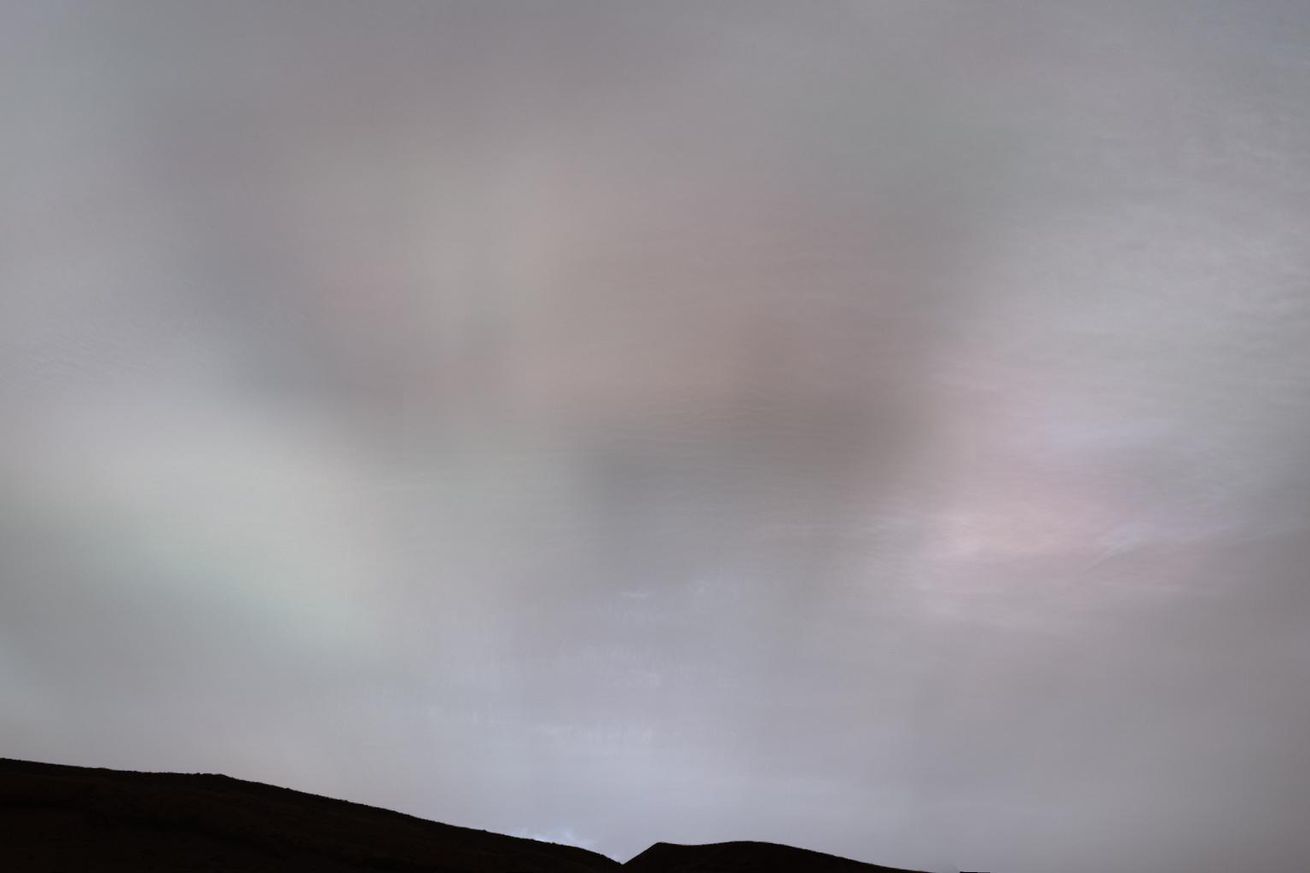
Our first look at a Martian sunset can tell us a lot about the Red Planet’s atmosphere
As part of its ongoing study of Mars’ clouds, NASA’s Curiosity rover recently captured a stunning image of a Martian sunset. As the Sun sinks over the horizon, its light forms into sun rays that can be seen banding across the sky.
Technically known as crepuscular rays, this is the first time the phenomena has been imaged in such detail on Mars. And by studying the way the rays shine through the clouds, scientists can learn more about the Martian atmosphere and weather system.
Although Mars’ atmosphere is extremely thin, at just 1 percent the density of Earth’s atmosphere, it is still active and changeable. The planet experiences high winds of up to 60 miles per hour, which can pick up the fine dust particles coating much of the planet’s surface and whip them up into global dust storms. With low atmospheric pressure and considerable variation in temperatures between day and night, dynamic events like dust devils are seen regularly.
Technically known as crepuscular rays
Also due to the thin atmosphere, there are only occasional clouds in the Martian sky. With just small amounts of water vapor present in the atmosphere, the presence of clouds varies throughout the seasons. The clouds that are visible there aren’t like clouds on Earth, however, as these are composed of liquid water. On Mars, the low pressure means that clouds form from water ice or carbon dioxide (dry ice) instead.
The new images from Curiosity show clouds at a high altitude, which suggests that they are composed of carbon dioxide rather than water ice. Another image captured recently by Curiosity shows another important cloud phenomenon called iridescence. The different colors seen within the cloud can reveal information about the particles which make it up.
“Where we see iridescence, it means a cloud’s particle sizes are identical to their neighbors in each part of the cloud”
“Where we see iridescence, it means a cloud’s particle sizes are identical to their neighbors in each part of the cloud,” said Mark Lemmon, an atmospheric scientist with the Space Science Institute in Boulder, Colorado, in a statement. “By looking at color transitions, we’re seeing particle size changing across the cloud. That tells us about the way the cloud is evolving and how its particles are changing size over time.”
The two images were stitched together from 28 individual images each. They were taken by Curiosity’s Mastcam instrument, which, unlike many previous cloud observations made using the rover’s black and white navigation cameras, can capture images in color. Curiosity has been performing its survey of the clouds since January and will continue for a few more weeks.
Curiosity has previously captured other striking views of Martian weather phenomena, like the blue sunset it imaged in 2015. The color seen there is also due to the dust in the atmosphere, following a dust storm that had left dust suspended in the atmosphere. This suspended dust scatters different colors of light by different amounts, and it scatters the light in a particular direction. That results in red light being filtered out more, so what remains is the blue color seen in the Martian sky.

